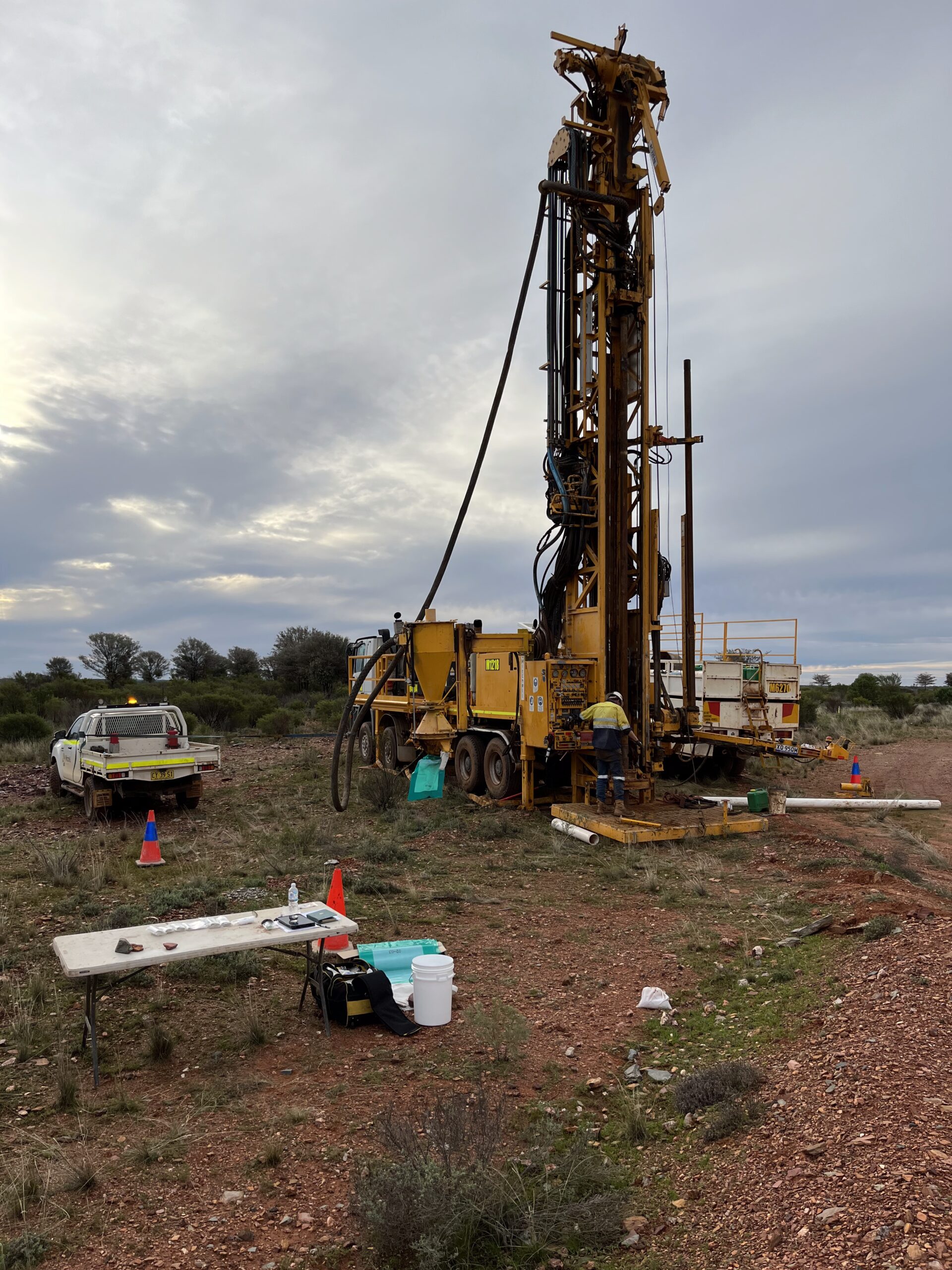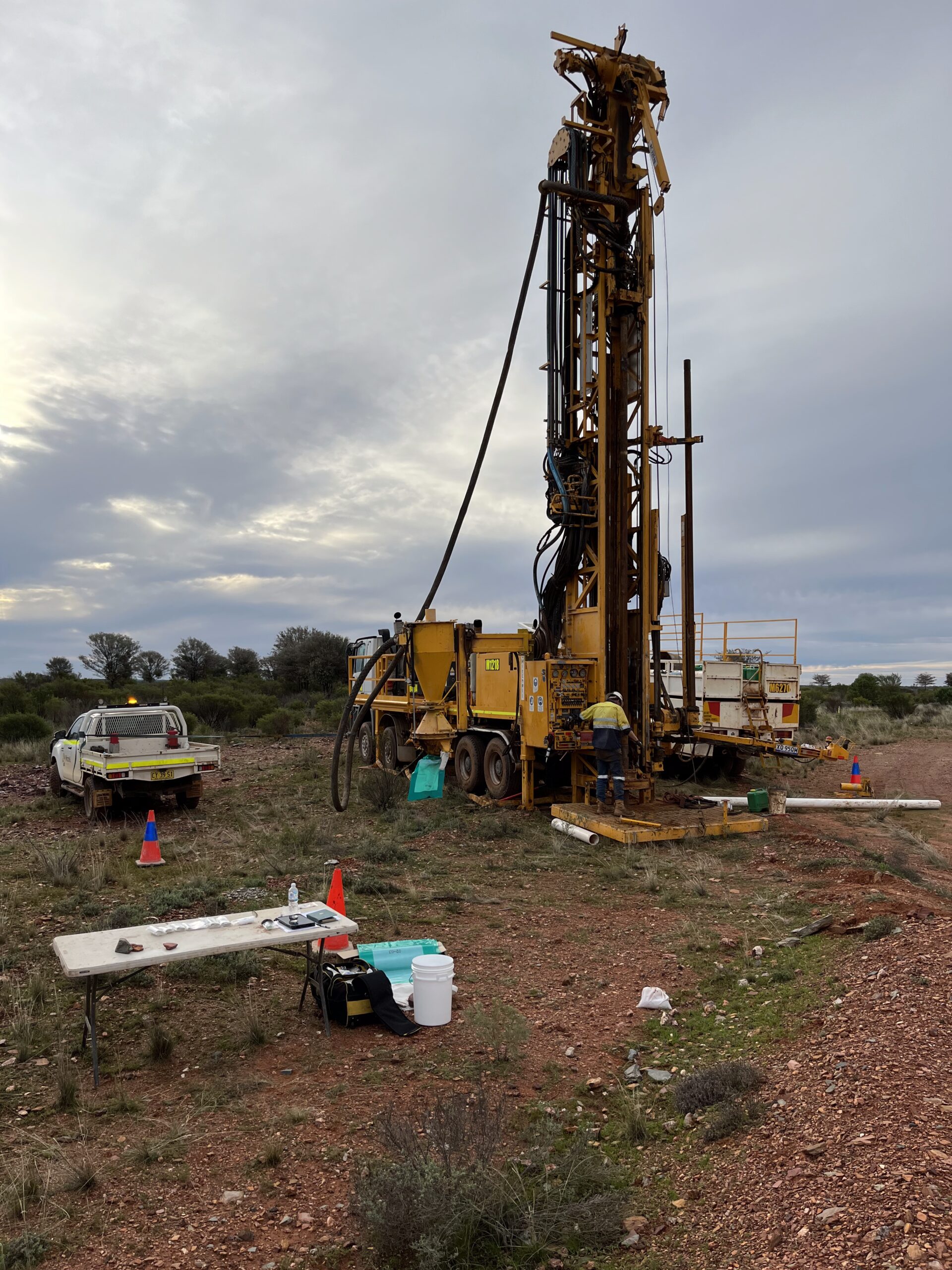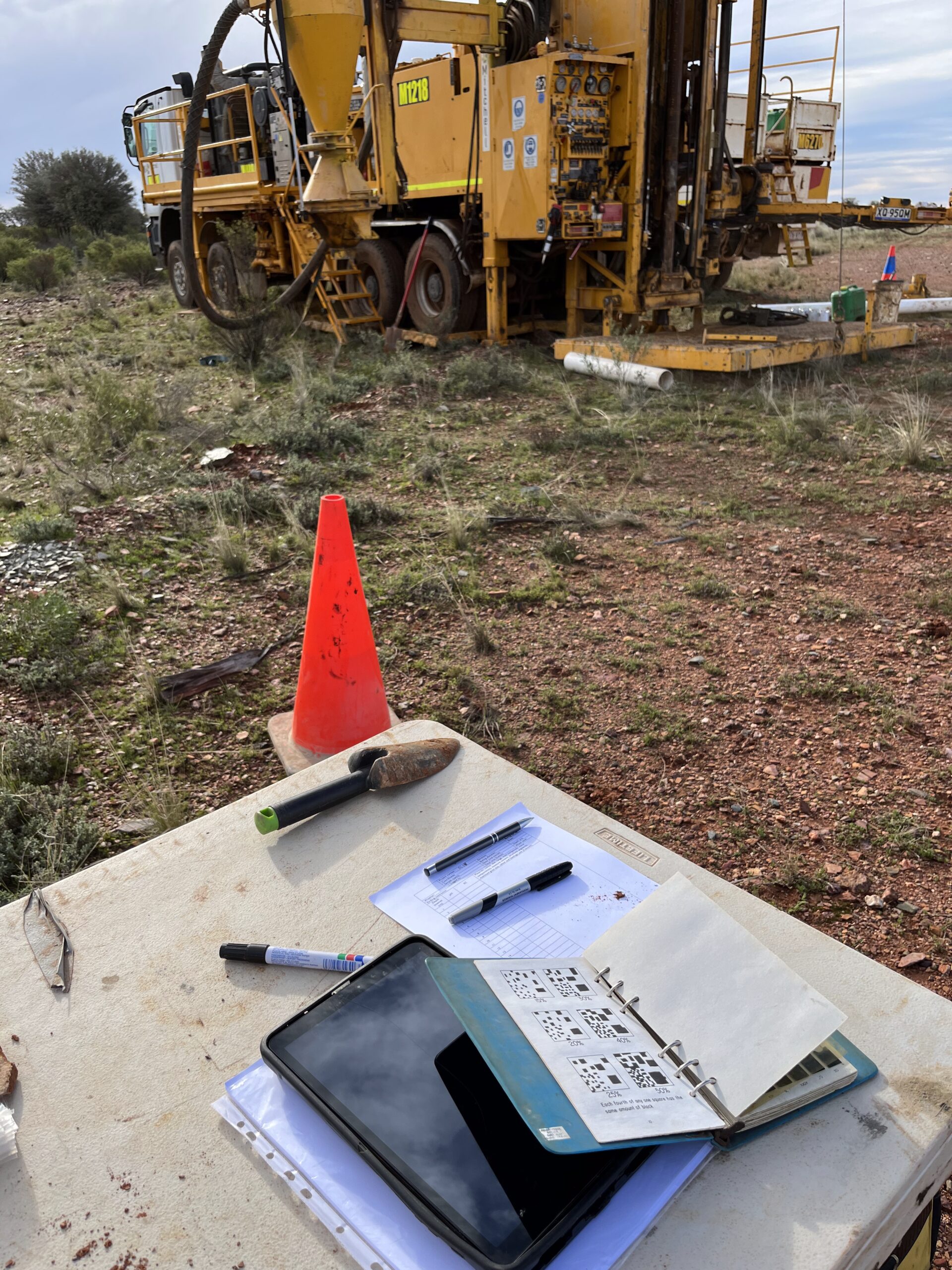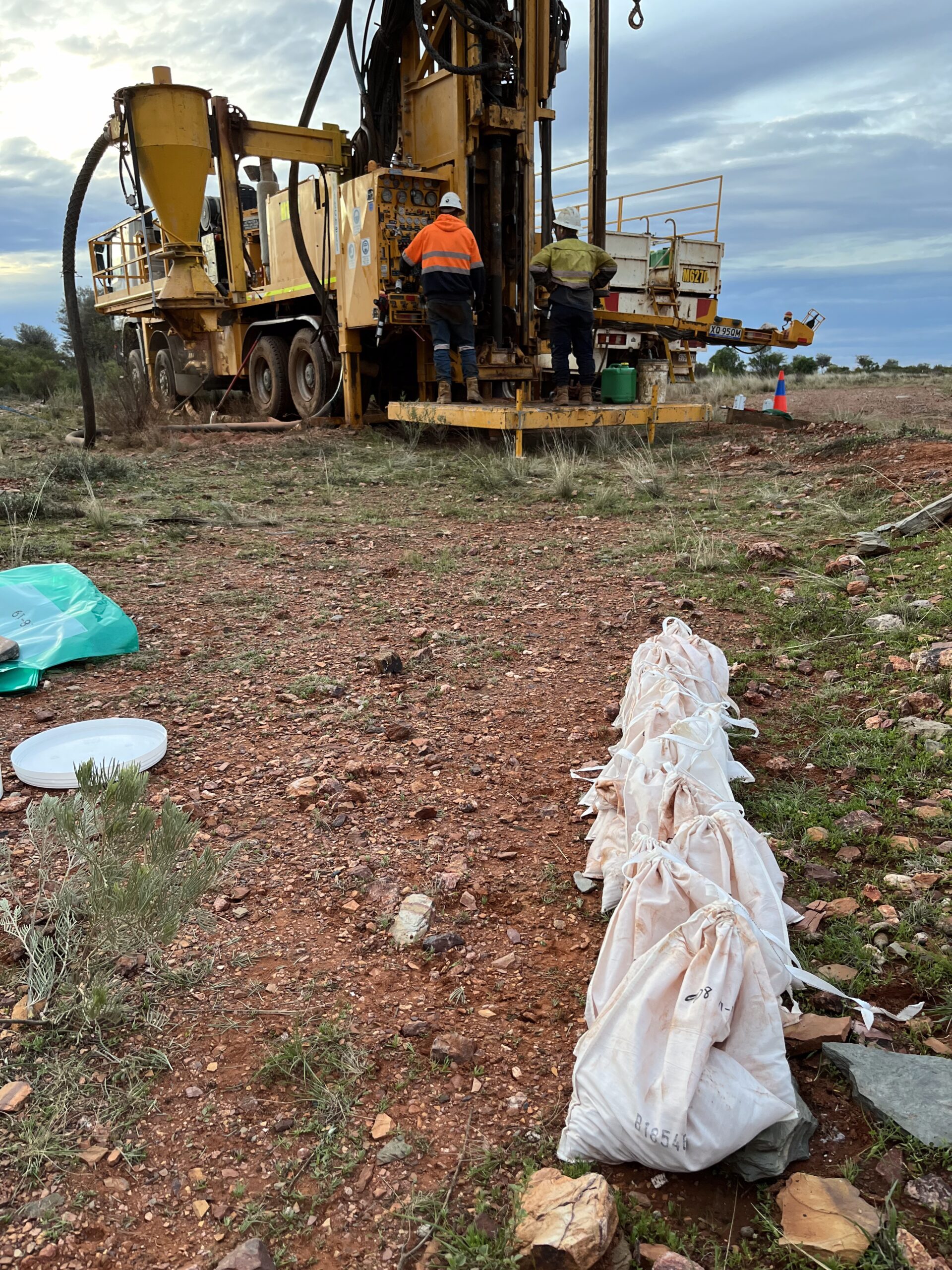Background
SGME developed a sampling plan that allowed us to define the location of potentially acid-forming (PAF) and non-acid forming (NAF) waste rock in the waste rock dump (WRD). The gold mine includes open cut and underground operations, and is located approximately (~) 800 kilometres north-west of Sydney near the town of Cobar.
Objective
The WRD at the mine is the largest source of borrow material for rehabilitation of the PAF tailings storage facility (TSF). However, little was known about the geochemical composition of the WRD.
Solution
SGME used a drill rig to extract sample cores from varying depths within the WRD. The samples were screened in the field using a hand-held x-ray fluorescence spectrometer to measure total sulfur concentration, pH and electrical conductivity (EC) as a paste extract. The field screening test results were used to screen the waste rock samples as PAF, NAF or uncertain (UC). A subsample of each waste rock category was sent to a laboratory where total metal composition, total sulfur, pH and EC was measured. The laboratory results, along with X-, Y- and Z-coordinates for each sample, were then used to build a block model for the WRD.
The project found that ~80 % of waste rock was NAF and suitable for use in rehabilitation of the TSF. The 20 % of PAF waste rock was concentrated at discrete locations, and this information could be used to ensure that future waste rock extraction did not intercept unsuitable PAF waste rock.
SGME’s use of a drill rig adds value to projects by providing crucial data for informed decision-making. It enables precise sampling of soil, waste rock and tailings which aids in assessing contamination and geotechnical conditions. This enhances environmental assessments, remediation strategies and overall project feasibility, and ensures effective and sustainable outcomes are achieved.



